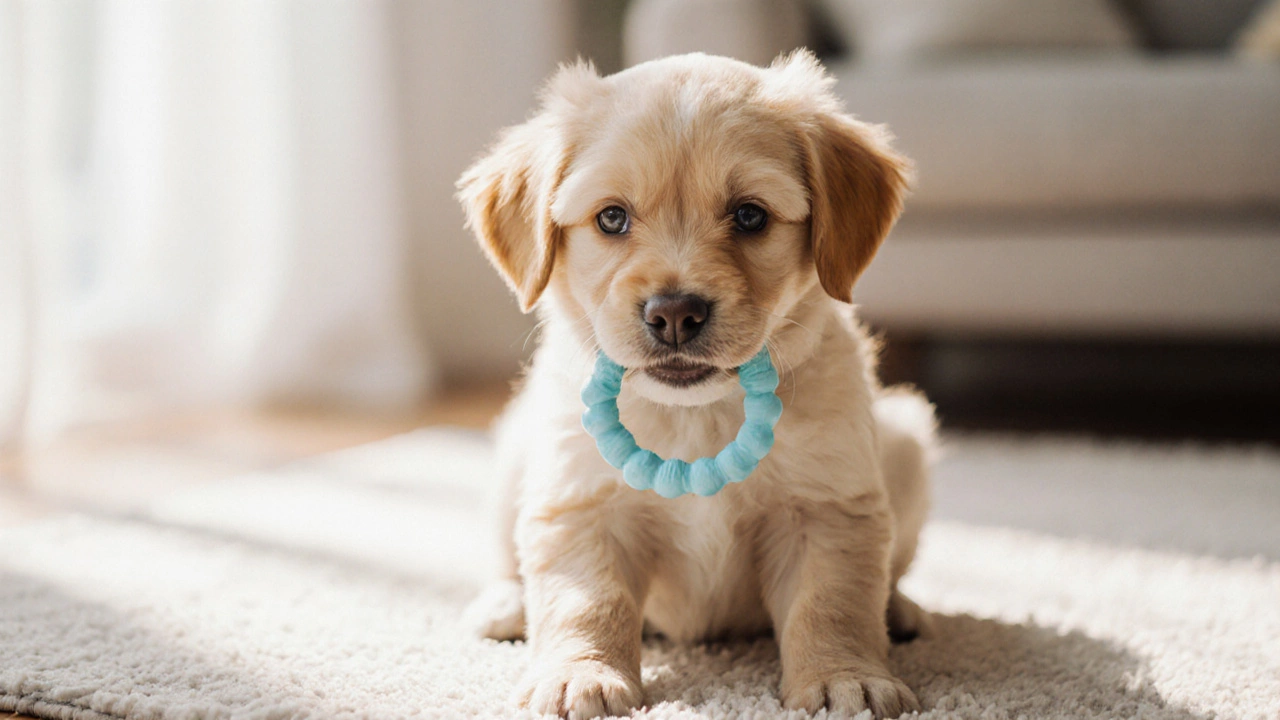Puppy Chew Safety: Keep Your Pup Happy and Healthy
When caring for puppy chew safety, the practice of protecting a young dog’s mouth while it explores the world through chewing, you’re also thinking about teething, the natural phase when puppies seek relief from gum discomfort and dental health, long‑term tooth strength and gum condition. puppy chew safety encompasses choosing the right chew toys, understanding choking hazards, and setting up a safe environment for exploration. The first semantic link is clear: puppy chew safety encompasses safe chew toys. The second link: puppy chew safety requires awareness of choking hazards. And the third: safe chew toys influence dental health. By treating these ideas as a connected web, you can make choices that protect teeth, reduce stress, and prevent accidents.
Key Factors to Consider
Safe chew toys are the cornerstone of a healthy chewing routine. Look for toys made from non‑toxic rubber, nylon, or natural fibers that can withstand strong jaws without splintering. Size matters—a toy that’s too small becomes a choking hazard, while one that’s too large defeats the purpose of soothing sore gums. A good rule of thumb is to pick a toy that’s at least as long as your puppy’s muzzle and can’t be swallowed whole. Materials also affect dental health: textured rubber or woven fibers can massage gums and help remove plaque, supporting long‑term tooth strength. When a toy meets these criteria, it directly supports dental health and reduces the likelihood of choking hazards. Always supervise the first few chewing sessions and replace worn items promptly.
Beyond toys, the environment and training play huge roles in keeping chews safe. Puppy‑proof your play area by removing loose wires, small objects, and anything that could be gnawed and swallowed. Keep a regular cleaning schedule to remove saliva‑borne bacteria that can cause gum infections. Training your puppy to “drop it” or “leave it” gives you control when a chew becomes risky. Positive reinforcement—praise, treats, short play bursts—helps the pup understand which items are OK and which aren’t. If you notice excessive wear on a toy, a sudden change in chewing behavior, or any signs of oral discomfort, consult your vet right away. By combining the right toys, a safe space, and consistent training, you create a holistic approach that protects your puppy’s mouth while satisfying its natural urge to chew.

Safe Chew Options for 8‑Week‑Old Puppies: What to Offer and What to Skip
Learn which chews are safe for an 8‑week‑old puppy, how to pick the right toys, DIY options, and red flags to avoid for a smooth teething period.
View more